
The church is limestone with a sandstone facade; this stone was quarried locally. The parish dates from 1770, while this particular church is from 1834; the first church on this site was a log cabin.

The interior was redecorated in the 1960s. This church never had stained glass windows, and the light color scheme makes this a bright church. It is probably the most popular church in the area for weddings.
The young couple sitting in the pew in this photo are blurred due to long exposure time.

The crucifixion painting is a copy of an original by Diego Velázquez.

The tabernacle.

The old bishop's cathedra.

During August 2007, the new statue of Our Lady of America was temporarily at this church.

Detail of Our Lady of America.
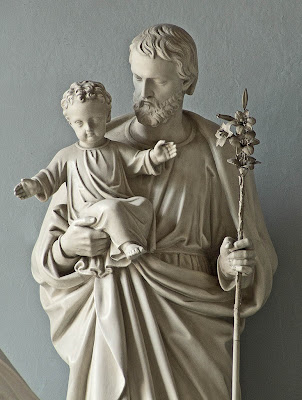
Statue of Saint Joseph and the Infant Jesus.

To the left of the main altar is a statue of Saint Joan of Arc (1412-1431), patroness of France.

To the right of the main altar is a statue of Saint Louis IX, King of France (1215-1270), patron of the Archdiocese, the City, and this church.

Statue of the Blessed Virgin Mary and the Infant Jesus.

Crucifix on Mary's altar.

A view to the side of nave; buildings of downtown Saint Louis are visible through the windows.

Saint Margaret Mary (1647-1690) and the Sacred Heart of Jesus.
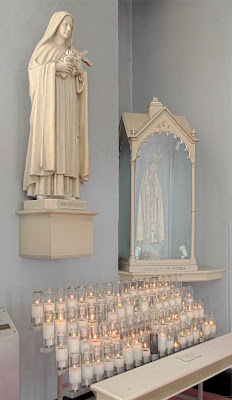
Saint Thérèse of Lisieux (1873- 1897) and Our Lady of Fatima.

The VIIIth Station of the Cross: the daughters of Jerusalem weep over Jesus.

Saint Anthony of Padua (1195-1231).

Crucifix and Infant Jesus of Prague.

Saint Bernadette (1844-1879) and Our Lady of Lourdes.

The baptismal font.

This bell, called a tintinabulum, shows this church to be a minor basilica. This honor is granted by the Pope, and we see here the Papal tiara and Keys of Peter.

The ombrellino, or umbrella, is the other symbol of a basilica, in the (faded) Vatican colors of red and gold. The Gateway Arch is visible through the window; below is a confessional.

Detail of the ombrellino.

The pipe organ and choir loft.
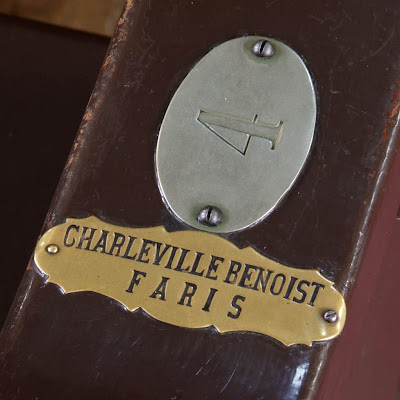
At one time, pews were rented out.

Under the church is the tomb of Bishop Joseph Rosati (1789-1843), with his cathedra in front.

A museum and gift shop are attached to the Basilica. Here is a nativity scene from the 15th century.
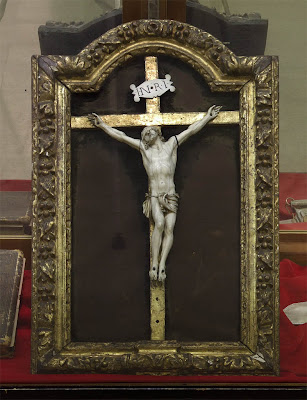
An old crucifix.
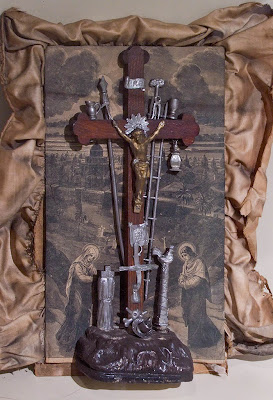
The Instruments of the Passion and Death of Jesus.

A missal, opened to the liturgy for Holy Saturday.

This fragment of metal shows bullet holes from an attempt by the Know-Nothings to burn down the church. An Irish veteran of the Battle of Waterloo successfully held off the mob with a small cannon.

Thanks so much Mark. Who were the "Know-Nothings"?
ReplyDelete- Bryan
The "Know-Nothings" was a secretive, nativist, anti-Catholic organization, mainly made up of middle-class Protestants, which was prominent before the Civil War. They were primarily against the flood of Irish Catholics fleeing the Potato Famine of the 1840s.
ReplyDeleteThe Know-Nothings later broke up because of deep divisions within the party over slavery.